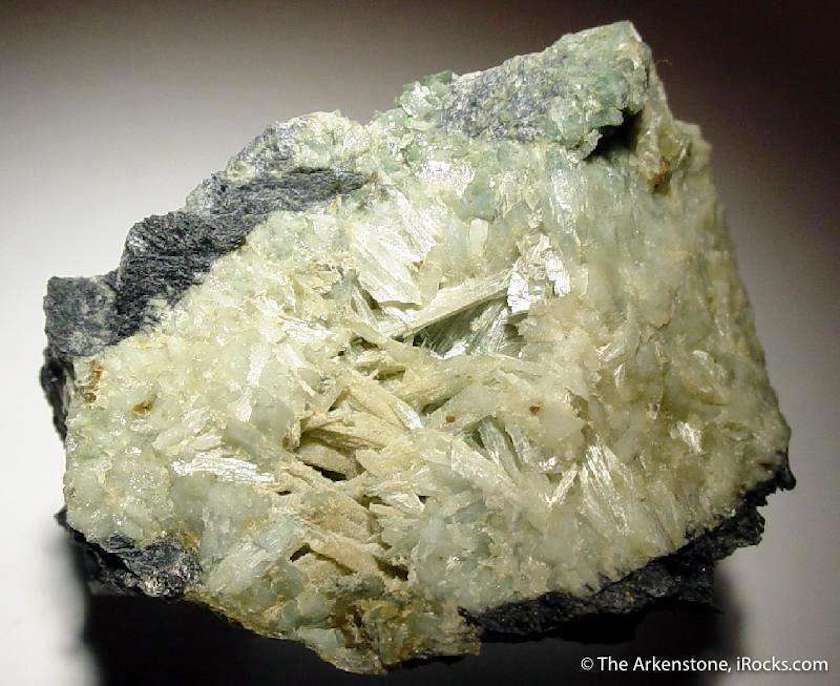How Does Jade Form?
The minerals known as jade, jadeite and nephrite, appear similar but have different properties. Learn how these materials form geologically.
5 Minute Read
What is Jade?
Jade is a term used to describe two different silicate minerals — jadeite and nephrite.
Jadeite is a sodium-aluminum silicate rock with a polycrystalline structure. It belongs to a group of rock-forming minerals called pyroxene (which includes minerals such as diopside and spodumene).
Nephrite belongs to the amphibole mineral supergroup, a fibrous variety of the tremolite–actinolite series.
Both types of jade form through metamorphism, but the processes differ.
How Does Jadeite Jade Form?
Jadeite forms along active subduction zones in high-pressure, low-temperature environments deep in the Earth’s mantle, where basaltic ocean plates subduct (sink) under lighter continental plates. Jadeite occurs in metamorphic rocks. These rocks undergo further mineral transformation after forming in the Earth’s crust due to intense heat and pressure. In this case, the mineral transformation occurs in the presence of water and carbonates derived from ocean floor sediments.
Water-saturated sedimentary marine rocks form small cracks and break when dragged under continental plates. High temperature and pressure squeeze the water out of these rocks, creating
…Gaurav Agrawal
International Gem Society
Related Articles
Nephrite Jade Value, Price, and Jewelry Information
Jadeite Value, Price, and Jewelry Information
Does Synthetic Jade Exist?
Distinguishing Common Jade Lookalikes
Latest Articles
Celebrity Engagement Rings
Ruby and Sapphire Grading Tools
Cerussite Value, Price, and Jewelry Information
Ouro Verde Quartz: History and Treatment
Never Stop Learning
When you join the IGS community, you get trusted diamond & gemstone information when you need it.
Get Gemology Insights
Get started with the International Gem Society’s free guide to gemstone identification. Join our weekly newsletter & get a free copy of the Gem ID Checklist!
